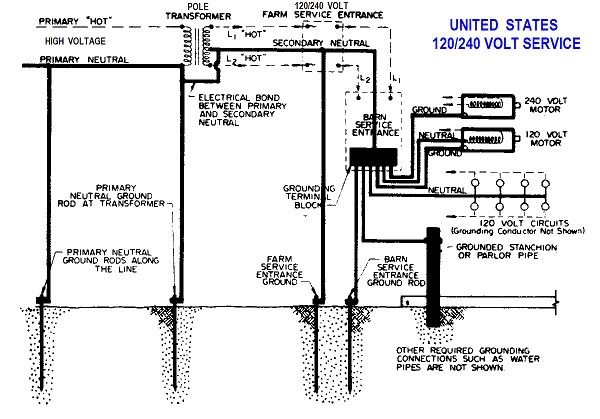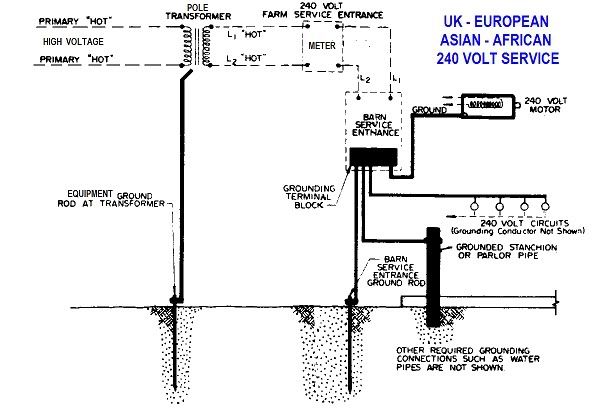Big leagues - MileHigh? Can you support this with full disclosure of your name and credentials? It's needed if that's the claim. I personally, have no reason to doubt that you know whereof you speak. But I question your right to 'authority' without such disclosures. Until then - and with respect - I would take it that your recommendations are simply part of a discussion for the required test parameters. If you're seriously proposing that we simply and blindly 'do as you say' - then there is even less respect for our intelligence than I first realised.
The following quotes for MileHigh
>> The shunt resistor should be moved to the battery postive terminal, that way you can record the voltage drop across the shunt and derive your source voltage and current with a single recording channel.
My advices from experts is that the shunt remains at the negative terminal. This also goes to issues related to 'dampening' if that's the word - the oscillations that we need. More hereunder.
There is only the "shunt resistor", one resistor.
I have seen experts apply 'shunts' to monitor current flow - at up to five places on our circuit. I have no reason to doubt their need for this nor their expertise.
This all assumes that your battery voltage will be constant throughout the test, which is a reasonable assumption.
When in known classical physics and anywhere recorded throughout history has there been a 'reasonable assumption' that battery voltage will stay constant throughout the test period? Have I missed something?
It should still be spot-checked a few times during the test anyways with your multimeter. Personally I would still go with a "real" variable bench power supply and forget about the battery.
Answered by Aaron.
You should should not insert the thermocouple inside the tube, it should be on the outside.Convection drafts around and through the coil-resistor are not bad for the setup as long as they are let to form naturally and you don't interfere with them. These convection drafts are an integral and very important part of the setup.
My object here is to ensure that nothing interfers with the waveform. I'll get back to this.
The Excel analysis is the heart of your power measurement. If you can't figure that out get someone to explain this in more detail for you. There should be no aliasing as long as you sample at a high enough rate.
With the utmost respect MileHigh it would be wonderful if we could conduct a test where the data is dumped - on a continual basis - throughout 16 hours of a proposed test period - for detailed monitoring. We do not, I believe, have that set up, unless between Peter and Aaron it can be achieved with the fluke. In the absense of such, regular dumping of data from the storage facility of the Fluke is the best that I propose can be done. All I was referring to was the need to check that the digital values displayed marry with those dumps to get the required initialisation of the test procedure.
Regarding your discussion of sample rates. I think we're arguing the same thing. Unless you are objecting to the need to establish some average over a series of waveforms? Regarding the variac - or bench power supply - or anything at all, I was simply pointing to the need to establish a control to determine wattage dissipated. This was omitted from your recommendations.
Regarding the evaluation of energy delivered and returned frome the battery. Can you please advise me if you refute that energy is, in fact, being returned. If you concede that some does return and some is discharged, then I am proposing that you determine this from the sample range of voltage across the shunts. If you don't concede this then you must argue with those experts who require this.
Note the positive of the battery is the same node as the other side of the coil-resistor. Not to fight, but truly, the coil-resistor discharges across the diode and back into itself. You will just have to keep exploring this circuit and one day you may arrive at the same conclusion. Your comment about "heat being added to the heat value" makes no sense.
Classical assumption is that the diode returns energy back to the coil. New age assumption differs. The object of the test this. We are generating some delicate resonance and oscillations. Undue pressure applied to the circuit wire or sundry components may obviate this benefit. Indeed for those that have worked on eliminating the Hartley effect it's all that's required. If you insist that the diode is positioned as you have proposed this may be enough to obviate that resonating phenomenon. It takes very little to 'take it away'. That's not from me. That's from experts.
I think that someone should walk you through how the test works step by step, explaining the rationale behind how it works. Again, the statement above makes no sense in the context of what you are trying to achieve here.
Milehigh. I have no objection to you referencing my lack of knowledge. But don't presume that I have none. It is offensive.
The following quotes for MileHigh
>> The shunt resistor should be moved to the battery postive terminal, that way you can record the voltage drop across the shunt and derive your source voltage and current with a single recording channel.
My advices from experts is that the shunt remains at the negative terminal. This also goes to issues related to 'dampening' if that's the word - the oscillations that we need. More hereunder.
There is only the "shunt resistor", one resistor.
I have seen experts apply 'shunts' to monitor current flow - at up to five places on our circuit. I have no reason to doubt their need for this nor their expertise.
This all assumes that your battery voltage will be constant throughout the test, which is a reasonable assumption.
When in known classical physics and anywhere recorded throughout history has there been a 'reasonable assumption' that battery voltage will stay constant throughout the test period? Have I missed something?
It should still be spot-checked a few times during the test anyways with your multimeter. Personally I would still go with a "real" variable bench power supply and forget about the battery.
Answered by Aaron.
You should should not insert the thermocouple inside the tube, it should be on the outside.Convection drafts around and through the coil-resistor are not bad for the setup as long as they are let to form naturally and you don't interfere with them. These convection drafts are an integral and very important part of the setup.
My object here is to ensure that nothing interfers with the waveform. I'll get back to this.
The Excel analysis is the heart of your power measurement. If you can't figure that out get someone to explain this in more detail for you. There should be no aliasing as long as you sample at a high enough rate.
With the utmost respect MileHigh it would be wonderful if we could conduct a test where the data is dumped - on a continual basis - throughout 16 hours of a proposed test period - for detailed monitoring. We do not, I believe, have that set up, unless between Peter and Aaron it can be achieved with the fluke. In the absense of such, regular dumping of data from the storage facility of the Fluke is the best that I propose can be done. All I was referring to was the need to check that the digital values displayed marry with those dumps to get the required initialisation of the test procedure.
Regarding your discussion of sample rates. I think we're arguing the same thing. Unless you are objecting to the need to establish some average over a series of waveforms? Regarding the variac - or bench power supply - or anything at all, I was simply pointing to the need to establish a control to determine wattage dissipated. This was omitted from your recommendations.
Regarding the evaluation of energy delivered and returned frome the battery. Can you please advise me if you refute that energy is, in fact, being returned. If you concede that some does return and some is discharged, then I am proposing that you determine this from the sample range of voltage across the shunts. If you don't concede this then you must argue with those experts who require this.
Note the positive of the battery is the same node as the other side of the coil-resistor. Not to fight, but truly, the coil-resistor discharges across the diode and back into itself. You will just have to keep exploring this circuit and one day you may arrive at the same conclusion. Your comment about "heat being added to the heat value" makes no sense.
Classical assumption is that the diode returns energy back to the coil. New age assumption differs. The object of the test this. We are generating some delicate resonance and oscillations. Undue pressure applied to the circuit wire or sundry components may obviate this benefit. Indeed for those that have worked on eliminating the Hartley effect it's all that's required. If you insist that the diode is positioned as you have proposed this may be enough to obviate that resonating phenomenon. It takes very little to 'take it away'. That's not from me. That's from experts.
I think that someone should walk you through how the test works step by step, explaining the rationale behind how it works. Again, the statement above makes no sense in the context of what you are trying to achieve here.
Milehigh. I have no objection to you referencing my lack of knowledge. But don't presume that I have none. It is offensive.









Comment